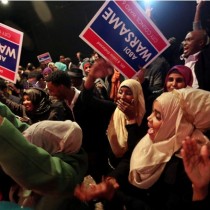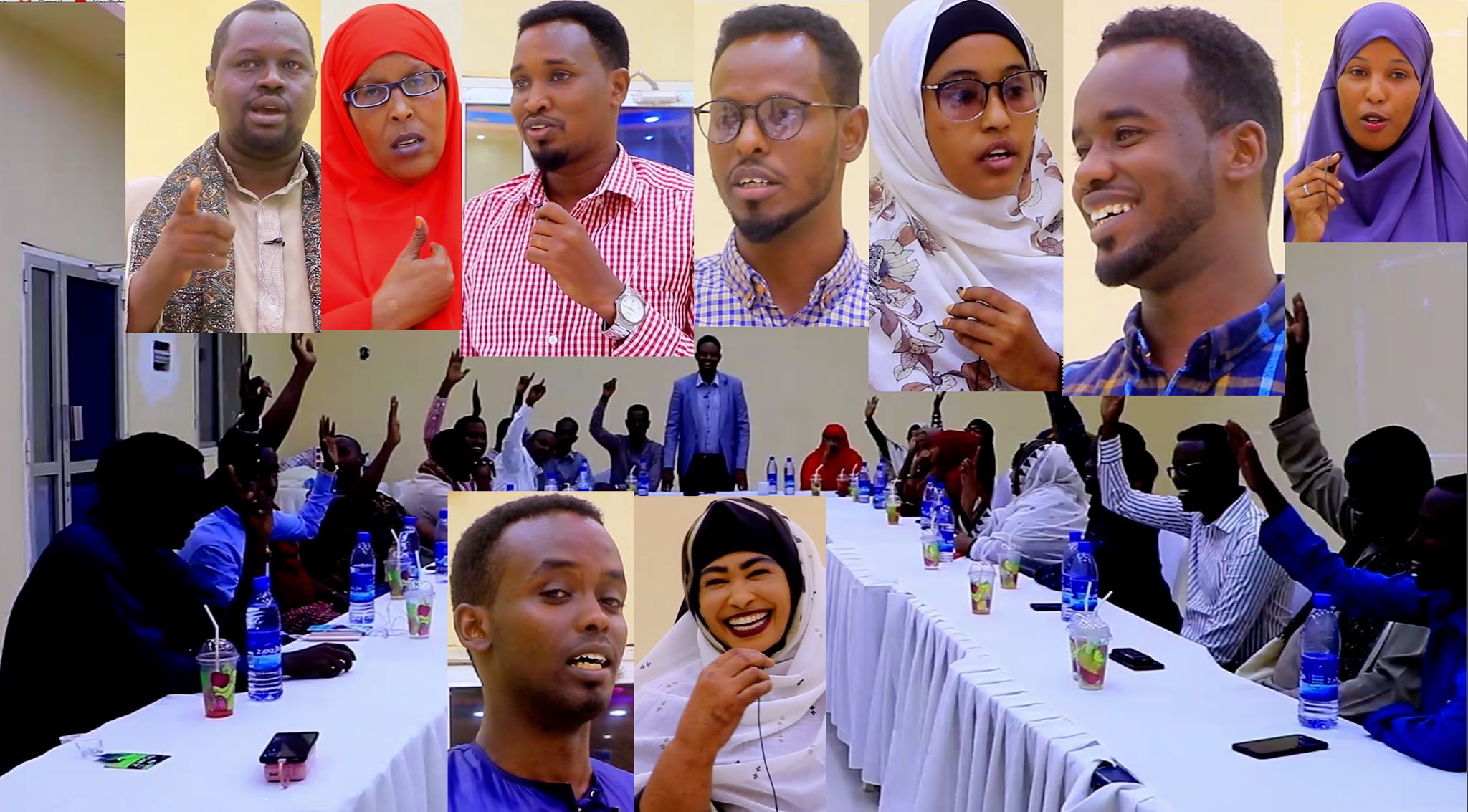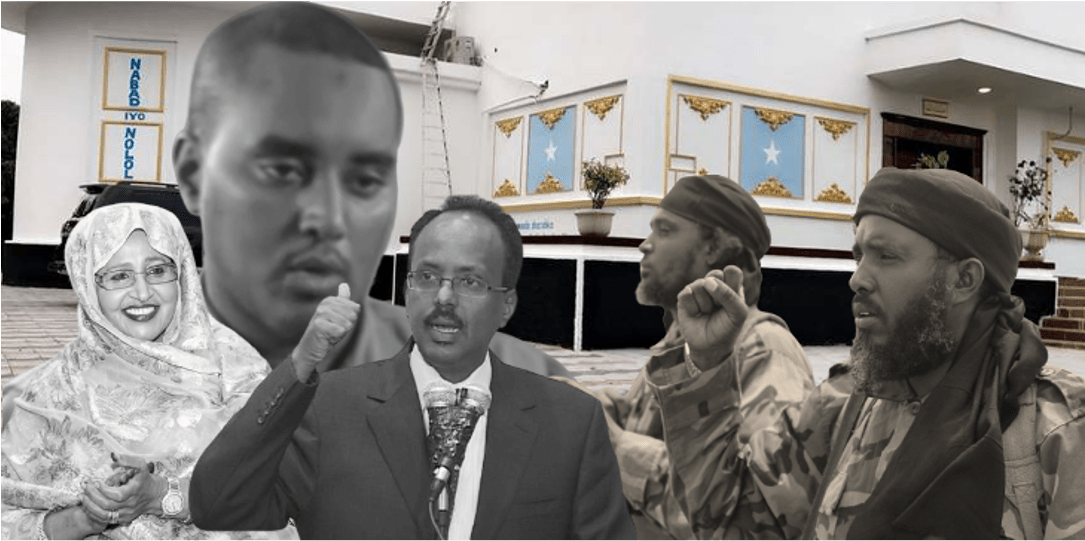
'Little Mogadishu' – The political success of Somali-Americans
Last week, local elections were held across the United States. In places beyond the coastal epicentres of political activity like Minnesota, voters turned out in great numbers – many doing so early – to cast their ballots.
Lots of these voters were immigrants from Minnesota’s east African population. Despite the Trump administration’s rhetoric on immigration, Minnesota’s significant Somali population has been demonstrating that immigrants are actively participating in democratic processes with political success.
During his 2016 presidential campaign, President Donald Trump repeatedly hammered on the topic of immigration, making it one of the pillars of his presidential platform.
He promised to build a wall between the United States and Mexico. Moreover, he used a singularly negative image of immigrants – with the help of racist and xenophobic undertones – to convince millions of Americans they were under threat from outsiders. One of the groups he targeted the most was Somalis, the majority of whom in the United States reside in the Minneapolis/St. Paul metropolitan area of Minnesota.
However, Somali-Americans are far from stereotypical portrayals that cast them as unwilling to assimilate, or condoning and encouraging terrorism. Instead, they’re dynamic, energetic, entrepreneurial and politically motivated to take responsibility for their community in the Ward 6 area of Minneapolis/St. Paul, which some have dubbed ‘Little Mogadishu’.
On the same day that Trump was elected president in 2016, Ilhan Omar, a Somali-American and former refugee who first came to the United States as a 12-year-old, was elected to Congress in the House of Representatives – the first Somali to do so. But the political success of Somali-Americans didn’t start with Omar.
In 2013, Abdi Warsame became the first Somali to serve in local office in the United States, in Minneapolis. Last week, Warsame was re-elected in a close race against Mohamad Noor, a fellow Somali-American, indicating that voters are embracing rather than turning away Somali candidates.
In addition to Warsame’s re-election, two other Somali-Americans were elected last week: Abdulkadir Hassan won an election for a seat on the Minneapolis Parks and Recreation Board; and Fartun Ahmed won a seat on the Hopkins School Board in a suburb of Minneapolis.
The political success of Somalis in Minnesota illustrates that while discussions about immigration in the United States suffer from a lack of nuance and thoughtfulness, day-to-day realities on the ground are much more complex and interesting. This success isn’t accidental.
Somalis first began to arrive in Minnesota in the 1990s, through the Refugee Resettlement Programme. At the end Mohamed Siad Barre’s tenure as President in 1991, a period of almost two decades in which Somalia underwent significant social and political changes, a civil war broke out, the legacy of which still grips the country. As a result, millions of Somalis looked for a better life elsewhere.
Minnesota was chosen as a location for Somali refugees in the United States, largely due to the successful resettlement of Hmong people in the 1970s and '80s after the fallout of the Vietnam War. Since the late 1990s, the Somali population in Minnesota has grown rapidly, becoming the largest Somali community in the United States.
According to census data, in 2000 there were just under 10,000 Somalis living in Minnesota. In the past 15 years, that number has more than doubled to nearly 25,000.
To put this figure into perspective, almost 79% of Somalis in 2000 had lived in Minnesota for 0-5 years, while some 19% had lived there for 6-10 years. But, by 2015, the majority had been living there for more than 10 years – some more than 20 years. Once Somalis come to Minnesota, they tend to stay permanently.
To be fair, these figures represent the distillation of an otherwise long, uncertain and difficult process that tens of millions of refugees around the world face, as they contemplate the complexities wrapped up in assimilation. Life for Somalis in Minnesota is difficult, and many struggle to get by.
Despite the political strides made over the past 15 years, just under 50% of Somalis live below the poverty line. Moreover, this community is still viewed with suspicion, and subjected to racism and xenophobia that politicians tried to capitalise on during the 2016 campaign.
That being said, the economic realities of Somali-Americans haven’t slowed down their political enthusiasm. As members of historically marginalised communities, or people that haven’t previously had the opportunity to vote, many Somalis and members of the broader east African community living in the Ward 6 region of the Minneapolis/St. Paul area participated in large numbers in the most recent local elections, an election with the largest voter turnout in decades.
Building on the success of 2016, Representative Omar worked to connect with groups in areas of Minneapolis/St. Paul with concentrated populations of youth and students.
She has also spoken out on issues of immigration and the refugee resettlement programme, in order to advocate more effectively for refugees with various agencies in Washington DC. This strategy seems to have spoken to constituents in positive ways that will continue to shape local politics in Minnesota.
Additionally, with the help of important local non-profit organisations like Isuroon, which works with the empowerment of women, as well as Ka Joog, which works with Somali-American youth, the Somali community in Minnesota has made significant efforts to cater to the needs of the community and the new members they absorb.
The recent political success of Somali-Americans in Minnesota stands in stark contrast to the kind of singularly negative position of Trump and so many of his supporters, who believe the answer to immigration is isolation. While they shout in support for building a wall, this Somali community is building a foundation for future generations to succeed.





 0
0 



![[Topnews:-] Sarkaalkii Muqdisho ka Afduubtay Saraakiishii Sirdoonka Faransiiska oo Mareykanka u tahriibay.](https://waagacusub.com/uploads//article/photo/IMG_D12C79-B2F5AF-B6B07C-E7F3AC-96251A-E9123F.jpeg)






![[DAAWO] Dahir Alasow muxuu ka yiri Arooska Saadaq Joon iyo gabadha Madaxweynaha Jibouti](https://waagacusub.com/uploads//article/photo/IMG_A85D69-E46491-EB949F-F75713-195F22-880C48.png)
![[DAAWO] Gabadh aan Aabbe iyo Hooyo laheyn kadibna seddex Caruura lagu furay maxaa ku dhacay ?](https://waagacusub.com/uploads//article/photo/IMG_418075-E7A0C5-2FE6EA-C581B5-C9940B-8CE1BE.png)
![[DAAWO] Qabiilka ugu fulaysan uguna faanka badan Somalida oo shacabka Soomaaliyeed cabirayaan?](https://waagacusub.com/uploads//article/photo/IMG_444F4F-0F2704-1B7D7E-D109A0-B778B0-E4602B.png)
![[Daawo] sidee loo dilay Amiirka Shabaab iyo Wiilka xasan Dahir - Wararka qubanaha Dahir Alasow](https://waagacusub.com/uploads//article/photo/IMG_732422-B87120-7AB730-3E00E9-27DE0A-43CC94.png)
'Little Mogadishu' – The political success of Somali-Americans
WAAGACUSUB:-